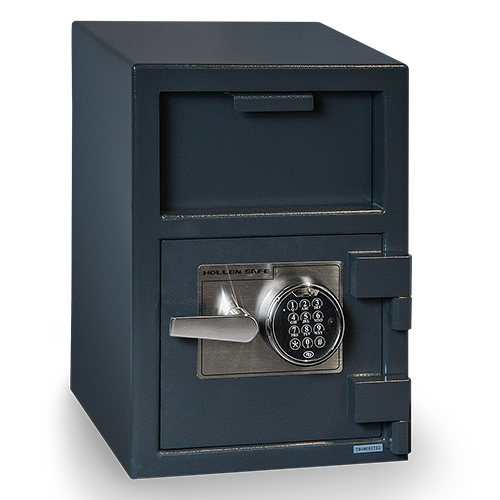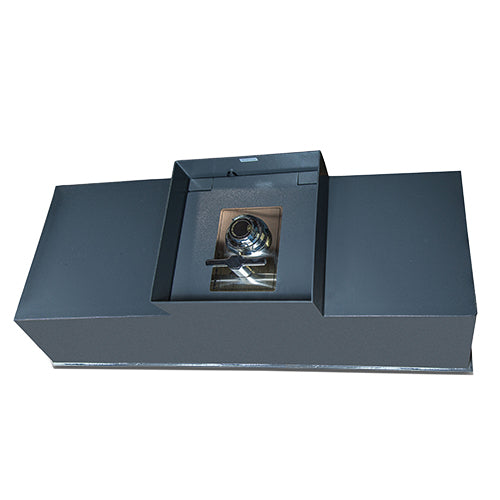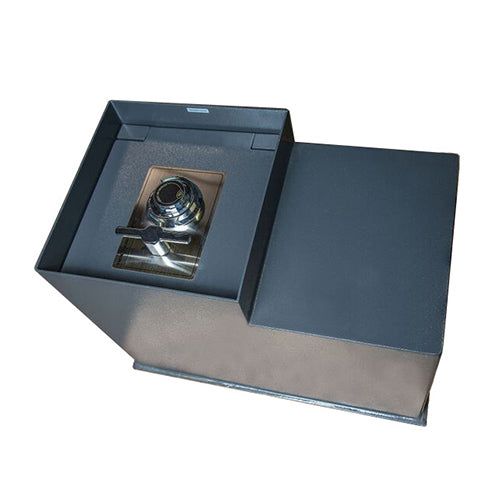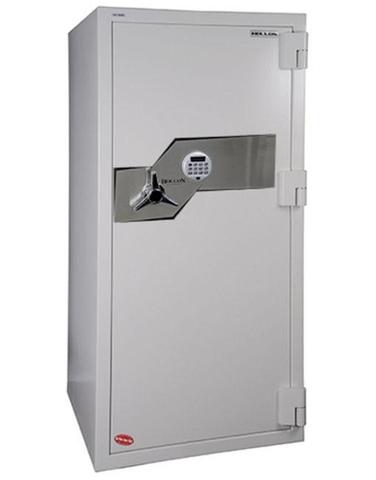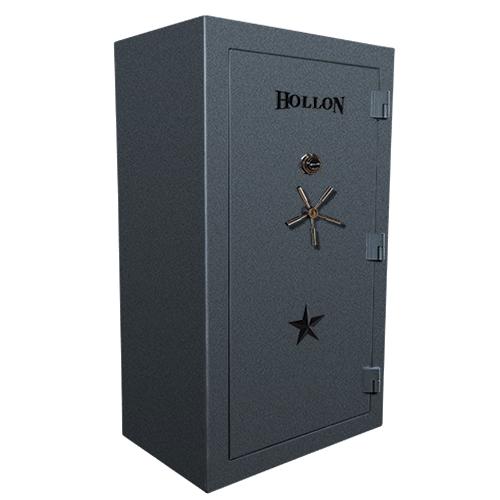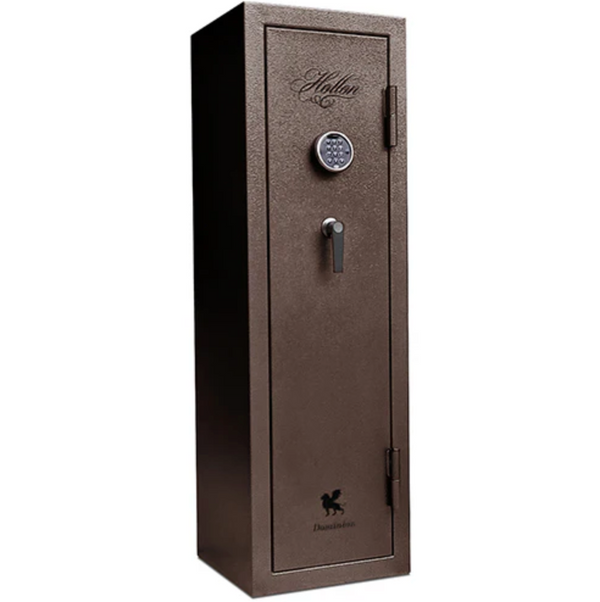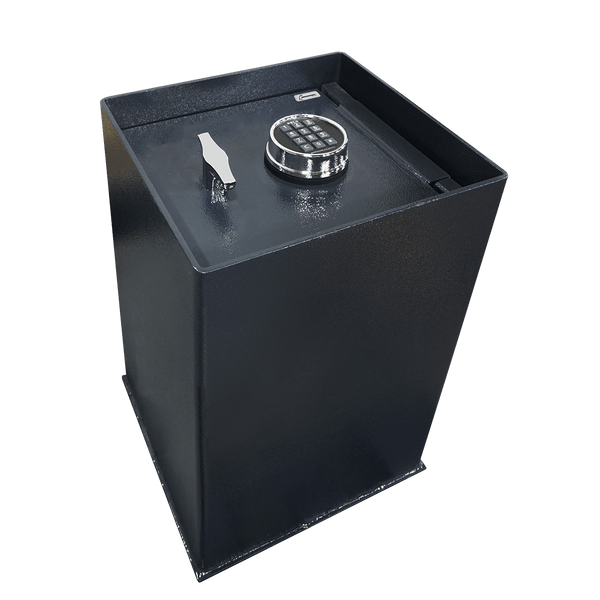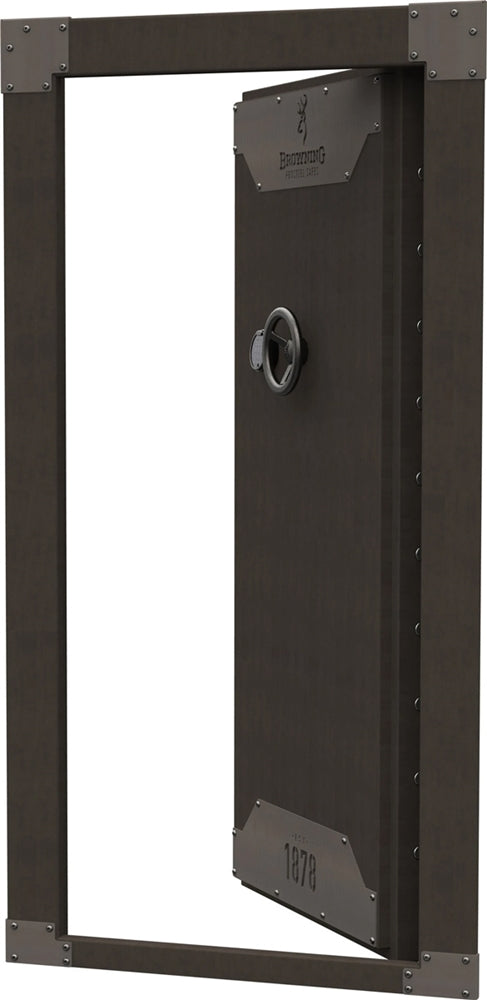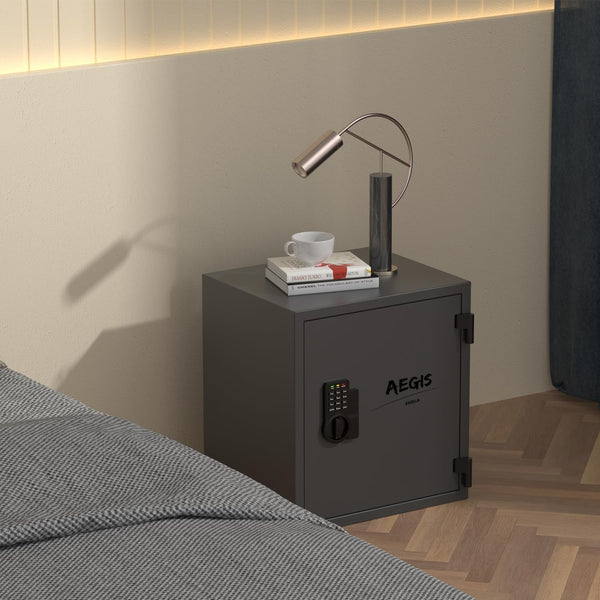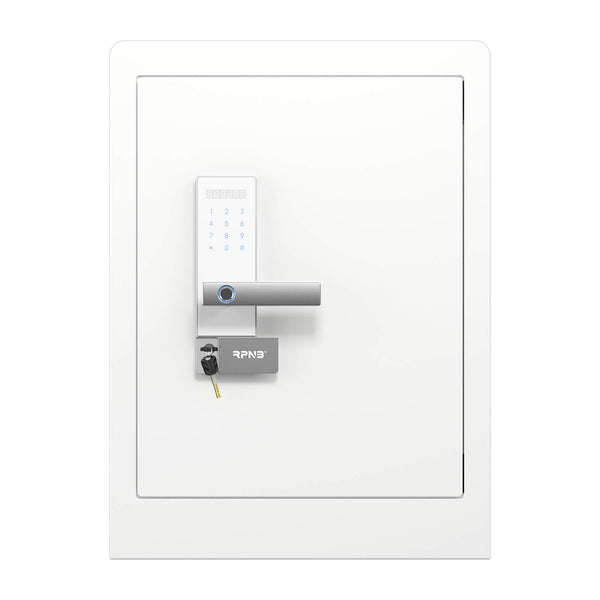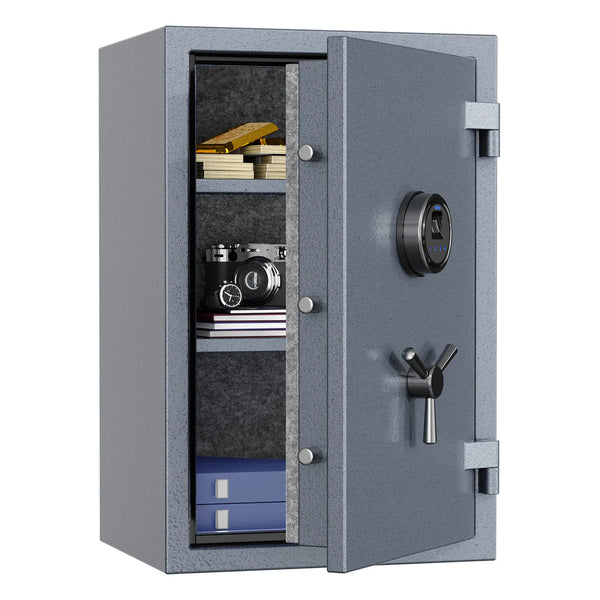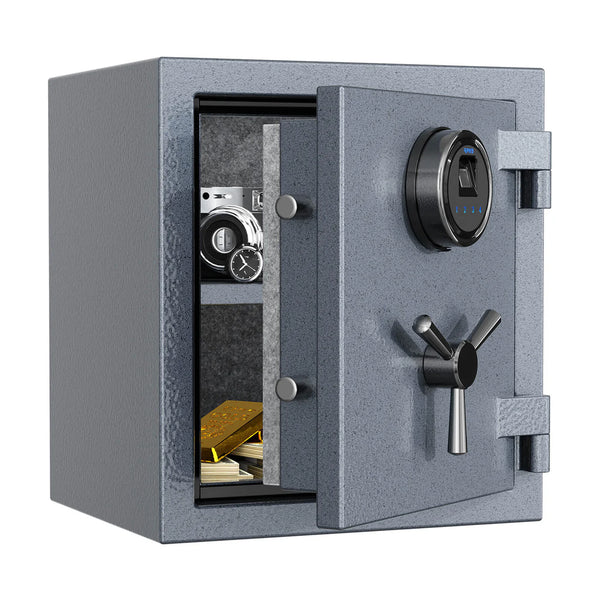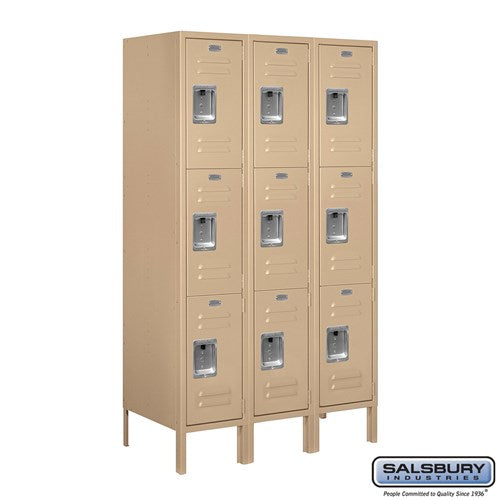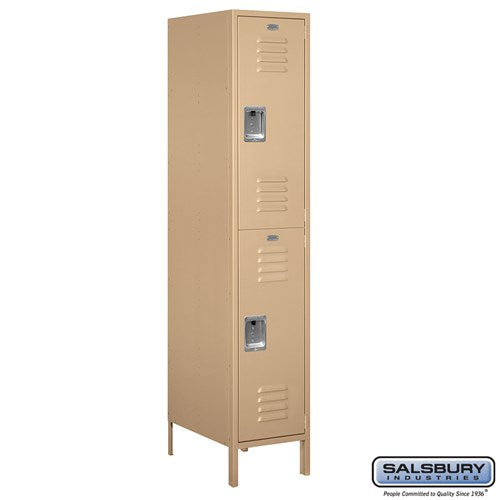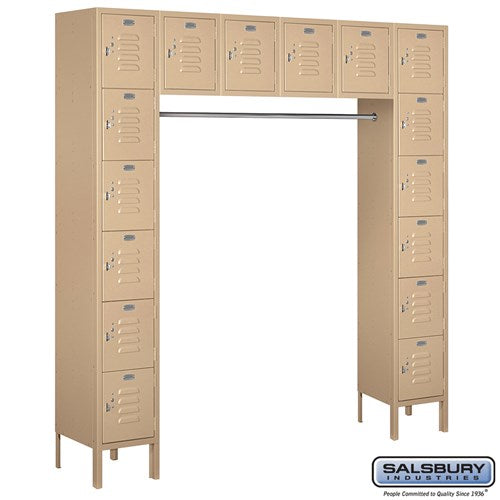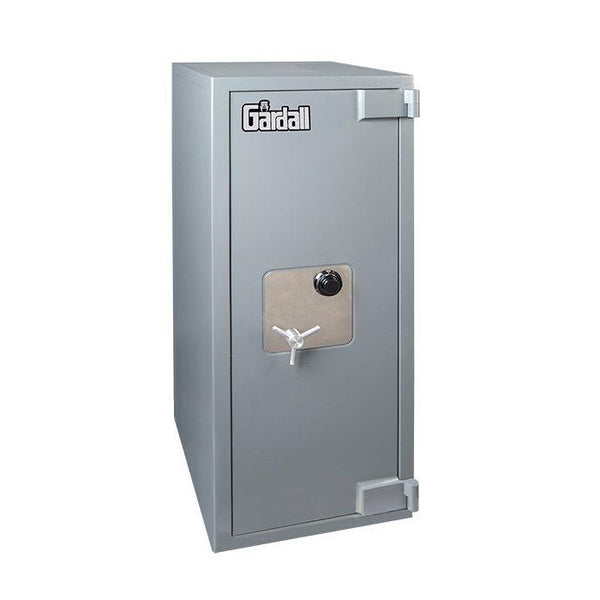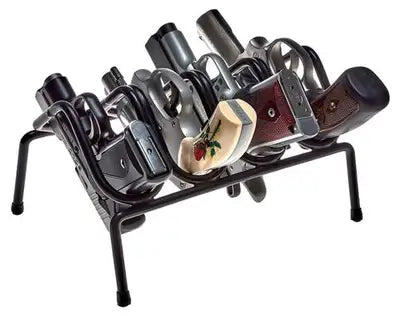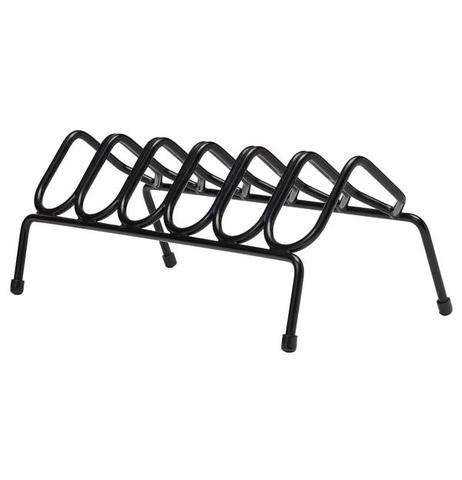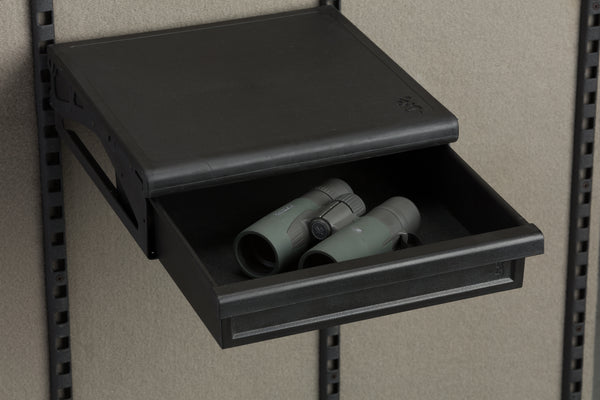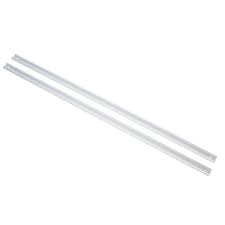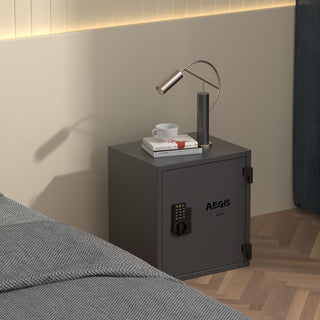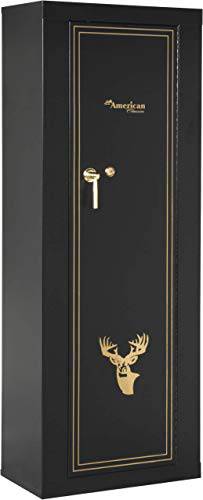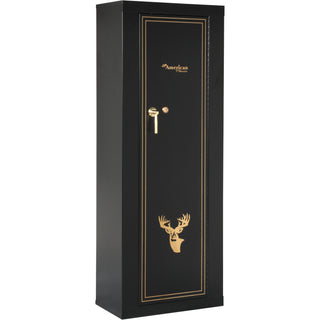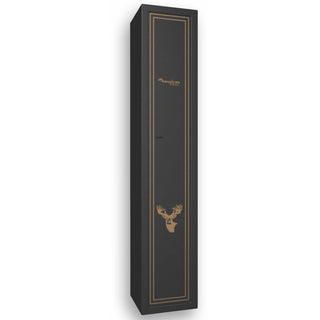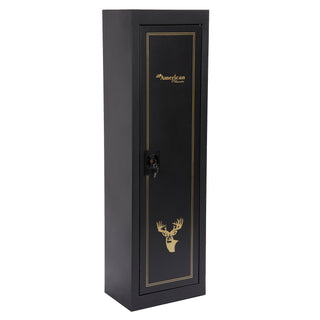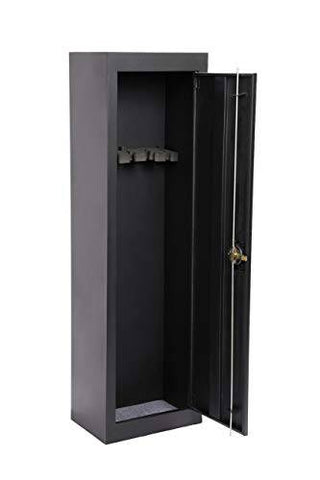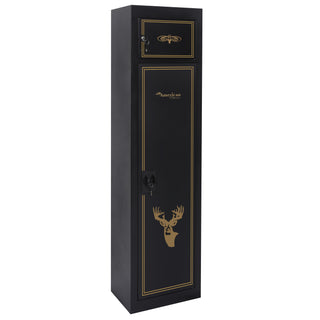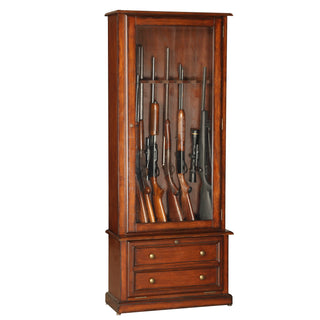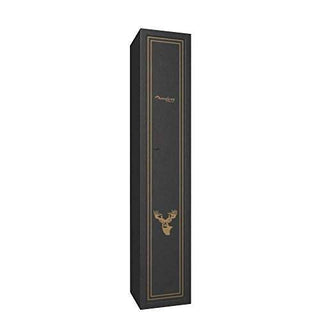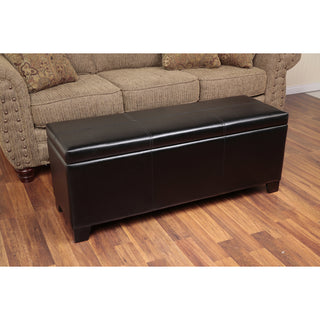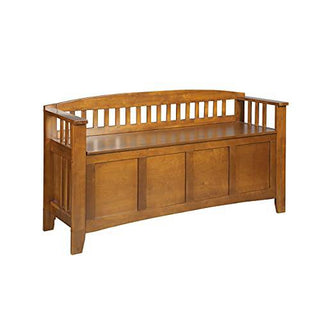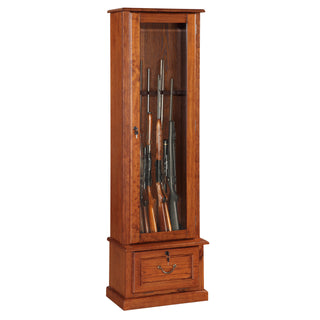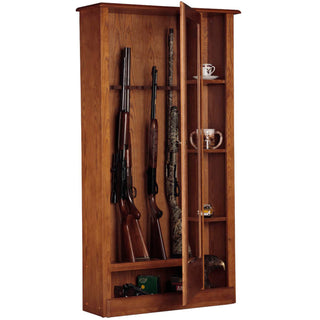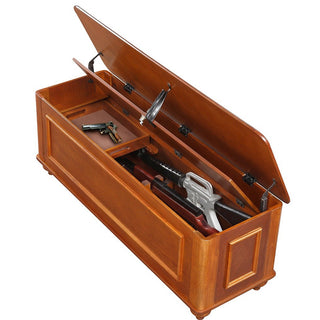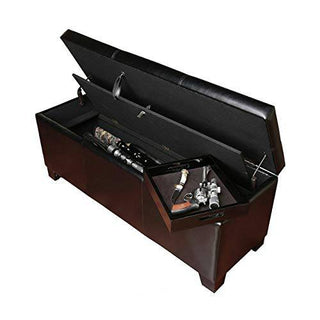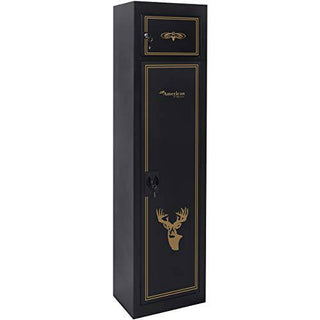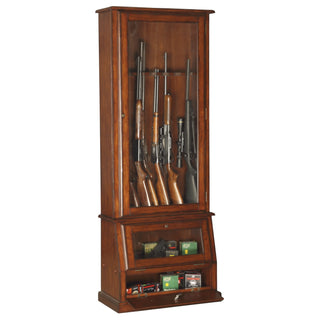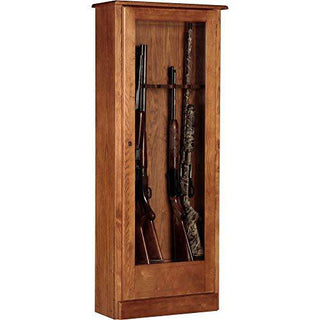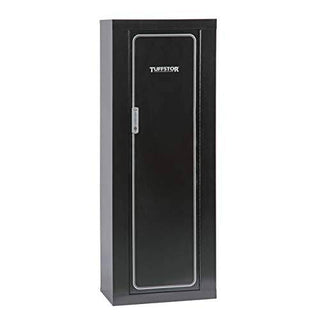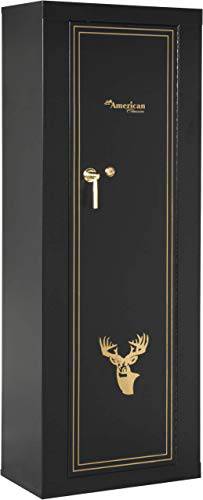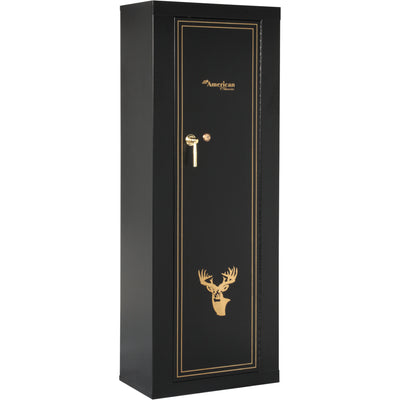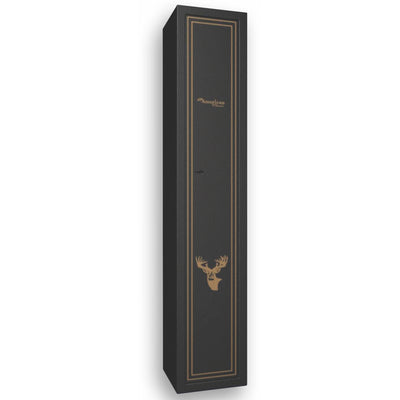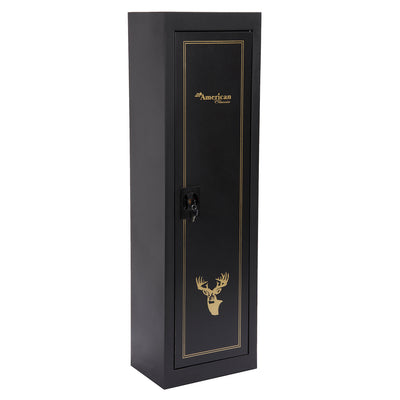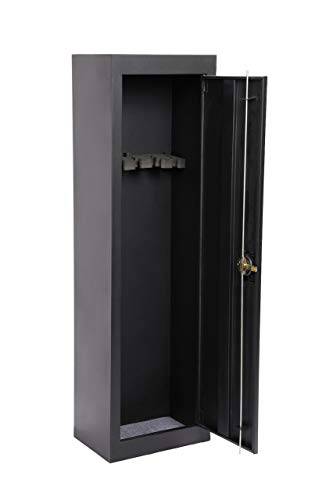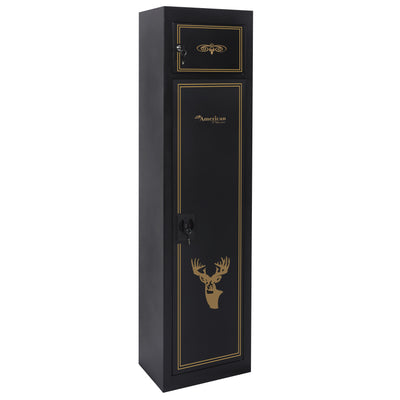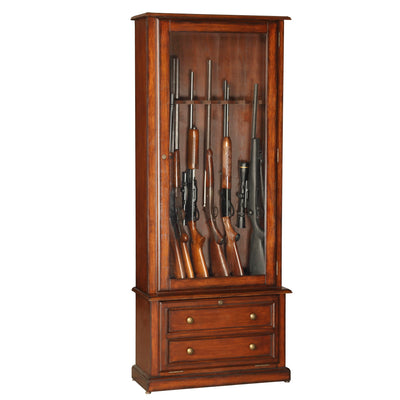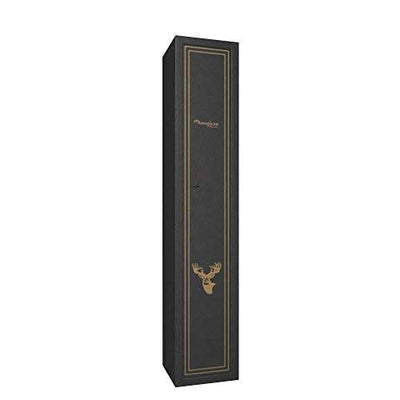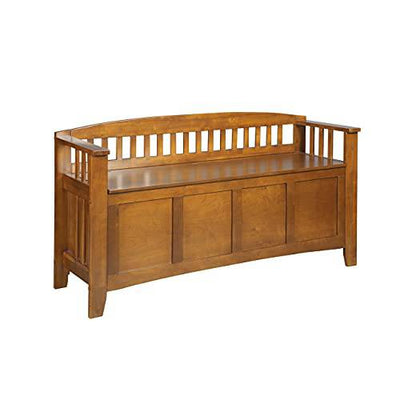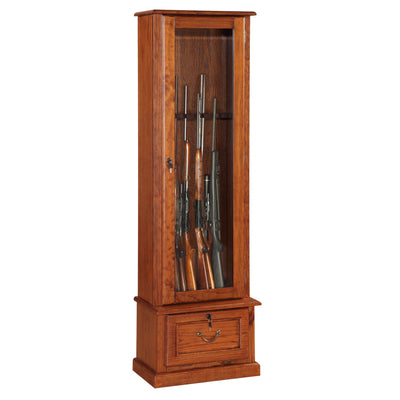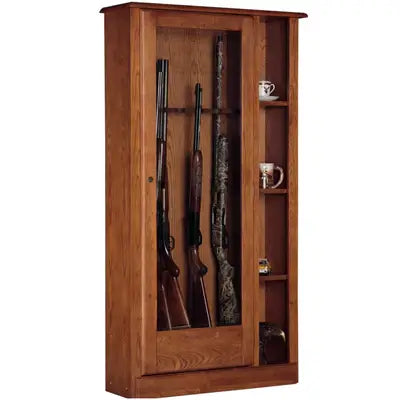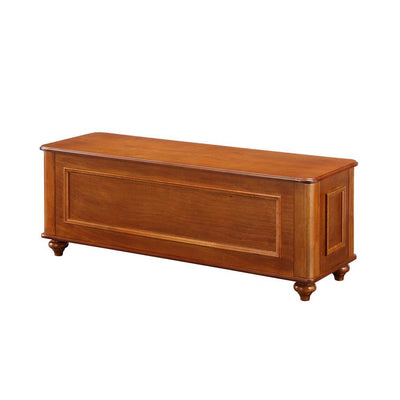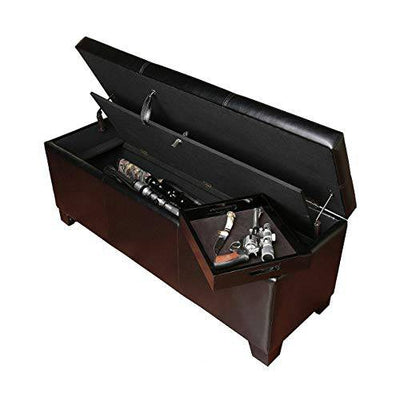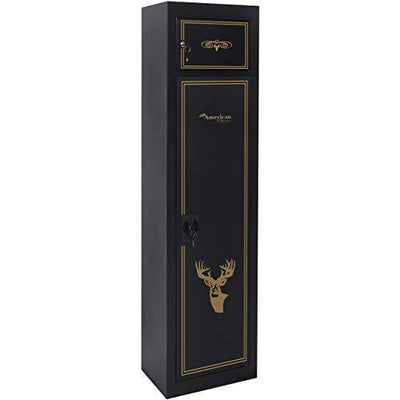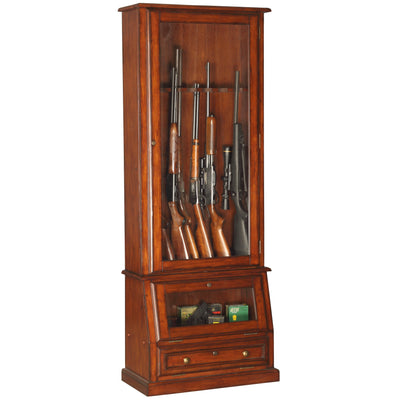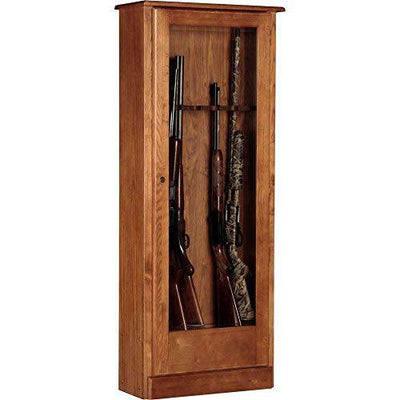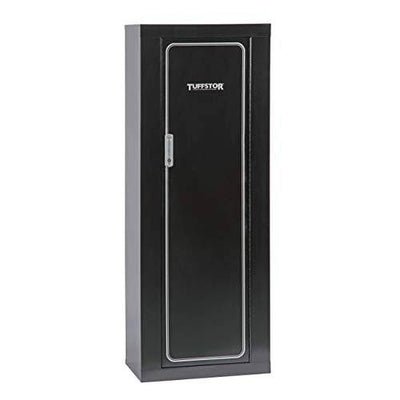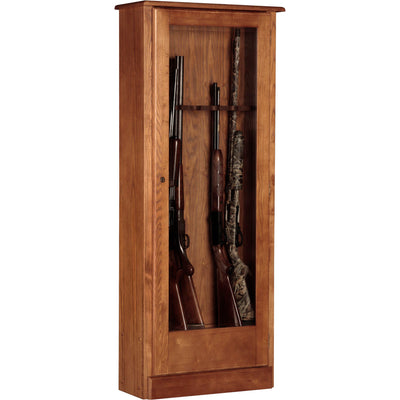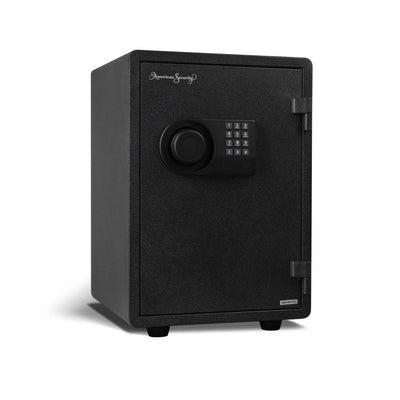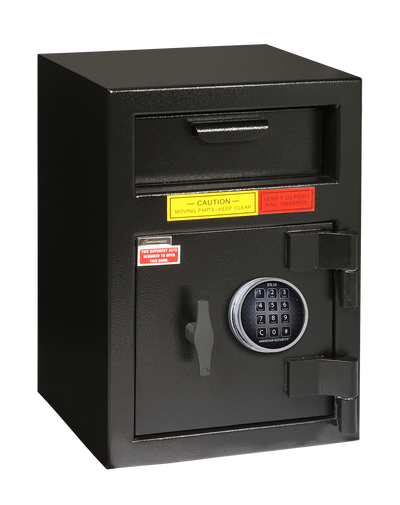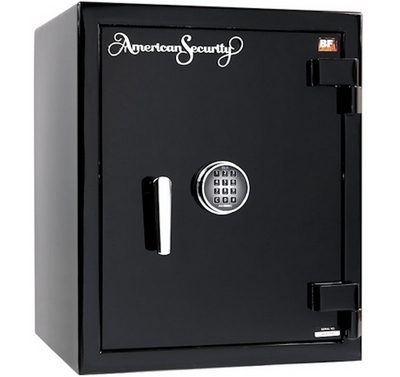
*This post contains affiliate links to products. We may receive a commission for purchases made through these links, but it never influences our product selection process.
Table of Contents:
- Understanding Ammo Shelf Life: Maximizing Your Stockpile
- Why Was There a 380 Ammo Shortage?
- Is The Ammo Shortage Ending?
- What Type of Ammo Is Most Available?
- How to Store Ammo?
- Ammo Safes and Ammo Cans
- Storing Ammunition: Best Practices for Longevity
- Concealed Carry Firearm: Impact on Ammo Shelf Life
- How to Tell If Ammo Is Bad?
- How to Dispose Of Old Ammo?
- FAQs (What Readers Want to Know)
- The Final Cut
As a gun owner, knowing how to manage and store ammo can be as crucial as learning to master your first gun. In a world of inflation, social unrest, and the constant stigma surrounding firearms, most ammunition has already seen a surge in price, with the trend pointing towards further escalation.
But ammunition isn't like old bullets that lose their luster with time. It's more akin to good wine, maturing and remaining useful so long as it's stored correctly. A gun cabinet can be your ammo's dark place and an invaluable ally to this end. Helping you sustain through the times when heading to the gun store for a quick reload isn't an option.
Understanding Ammo Shelf Life: Maximizing Your Stockpile

Ever wondered about the lifespan of your ammunition? Rest assured, with appropriate care and storage; most modern ammo can easily last for a decade or more. In fact, ammo stored in cool, dry environments can stay reliable for an impressively long time.
But remember, neglecting proper storage is not just a financial waste. It can be a potential hazard too. Ammo care isn't only about stocking up—it's about making your investment last while ensuring safety. So, as you navigate through fluctuating ammo prices and availability, understanding proper storage is key to maximizing its lifespan.
When stored correctly, ammunition can stay good for many years (decades even!), giving seasoned and new gun owners peace of mind and a sense of preparedness. The key to prolonging the shelf life of your ammo is understanding the factors that affect its longevity. For instance, modern ammo, specifically brass-lined ammunition, tends to have a longer shelf life than older rounds or corrosive ammunition. If stored correctly, these new variants are designed to resist the deteriorative effects of extreme heat and high humidity.
However, different types of ammunition can have different shelf lives. For example, standard ammunition with metal jackets can last at least ten years when stored under appropriate conditions. To maximize the shelf life, most manufacturers recommend storing ammunition in a dry, cool environment, away from drastic temperature changes and other chemicals.
Why Was There a 380 Ammo Shortage?

At one point, 380 ACP ammunition was hard to find, even if you were willing to shell out big bucks for it. All other calibers remained accessible; however, their prices had significantly increased. The 9mm bullet, the most popular kind of ammunition globally, faced limited supply due to demand outpacing production.
Manufactured in large quantities, these calibers are now gradually replenishing, though prices remain high. The shortage of 380 ammo, and ammo in general, was largely fuelled by various fears:
- Civil unrest resulting from widespread protests.
- The potential collapse of government due to unforeseen crises.
- The possibility of future restrictions on gun purchases.
However, it's crucial to note that while there were severe shortages, the situation has begun to improve. 380 ACP ammo is making a comeback in the market, signaling an end to the shortage.
Is The Ammo Shortage Ending?

When it comes to purchasing firearms, American citizens have virtually complete freedom of choice. However, since 2021, hunters and other people who possess pistols and rifles have had difficulty locating ammunition for their firearms.
Saying that ammo shortages are a new phenomenon is untrue. The fact is that between 2008 and 2016, the US had many shortages brought on by panic purchasing and the introduction of new regulations. However, the present scarcity results from the pandemic and the following issues:
- Raw material shortages for manufacturing.
- The Rise in the number of firearms bought.
- Remington going bankrupt in 2018.
- Restrictions on the import of ammo.
What began as a COVID-induced glitch has developed into the most significant ammunition scarcity in recent history. Many individuals with intimate knowledge of the bullet manufacturing industry believe that it will continue until the end of 2023 and maybe even longer.
However, if problems with the supply chain are resolved, retailers may begin importing additional ammunition to supplement the stocks of ammunition manufactured locally.
What Type of Ammo Is Most Available?
Finding an answer to this question is far more challenging, but we have devised a method that provides some insights. We examined the offerings and sales from the country's five major online ammo retailers: Midway USA, Natchez Shooter's Supply, Brownells, Palmetto State Armory, and Sportsman's Outdoor Superstore. Of course, there are other sellers, but these five are generally considered the major players in the market.
Our analysis found that among the different types of ammo, including shells, cartridges, corrosive, and black powder, the 9mm is the standout favorite. It's the most commonly used caliber of ammunition in the United States. It's worth noting that while the 9mm isn't vastly outselling its closest rival, the .223/5.56, it does maintain a clear lead.
How to Store Ammo?
You might be thinking that storing a 10-year supply of ammo would take up a lot of space. The good news is there are ways to store ten to twenty thousand rounds without turning your house into a munitions depot.
One solution is to get your hands on ammunition cans. You can usually find these made from plastic or metal at any army surplus store. Distribute your ammo evenly among the cans for easy storage.
A useful tip for managing your supply is always to use your oldest ammunition first. This applies to any type of ammo you have, be it shells, cartridges, corrosive, or black powder. Come the New Year, replace all the ammo you've used up during the previous year. If you've bought a new firearm, don't forget to add in ammo for that as well. This approach ensures your stockpile stays fresh and ready for use.
Ammo Safes and Ammo Cans

When you do this, make sure you take the time to develop a label for ammo cans—just like your grandmother did for her canned goods. Include both the lot number and the date it was acquired in the description. As a result, you will be able to use ammo appropriately according to its age.
Storing Ammunition: Best Practices for Longevity
Storing ammunition properly is crucial for maintaining its effectiveness over time. More than just avoiding waste, proper ammunition storage is about safety. In extreme heat, for example, improperly stored ammunition can be dangerous.
Gun cabinets are ideal ammunition storage solutions since they provide a dry, secure space. When stored in such controlled environments, even old ammunition can continue to serve its purpose.
Storing ammo in an airtight container or employing a vacuum seal can also effectively prolong its lifespan. This, combined with regular checks for lead degradation, will ensure the functionality of your ammunition when you need it.
Concealed Carry Firearm: Impact on Ammo Shelf Life

The ammunition you choose for your concealed carry firearm is as important as the firearm itself. Hollow points, for instance, are often preferred by gun owners for their stopping power and safety. Most manufacturers guarantee their products for a decade, although some rounds can eventually degrade over time, especially without proper sealing.
Bear in mind that the firearm and the ammunition it uses work together: an optimal feed ramp, for instance, avoids excess lubrication that could impact the performance of your rounds. As a basic rule, always opt for quality ammunition from reliable manufacturers. This will not only enhance the performance of your firearm but will also ensure your safety when using it.
How to Tell If Ammo Is Bad?

According to the recommendations specified by the United States and NATO forces, some kinds of ammunition have a lifespan of just one year. However, many manufacturers provide a ten-year warranty, stating that ammo storage significantly impacts its shelf life. As a general rule of thumb, the maximum time that ammunition may be safely stored is ten years.
When ammunition is kept for more extended periods, it may get contaminated, especially if it is subjected to high temperatures, high levels of humidity, or any other factors that have the potential to compromise its quality.
If your ammo seems rusty, corroded, or damaged, it has lost its effectiveness.
You can tell ammo has gone bad if it:
- Has an unnatural feel about it when touched.
- Has corrosion, rust, or discoloration on the outside casing of the item.
- Has started to freeze (the temperature dropped below freezing).
- Makes weird sounds, indicating that anything inside the cartridge obstructs the bullet's path as it travels through it.
How to Dispose Of Old Ammo?
Regardless of whether you're new to guns or an experienced user, there will inevitably come a time when you encounter ammo that just won't fire.
It's possible that you'll find yourself in need of a method to dispose of ammo at some point, whether it's outdated, damaged, or ammo you no longer trust for another reason.
How exactly can you get securely rid of ammunition?
- First, check whether your ammunition needs to be disposed of.
- Follow the above-mentioned methods to find out if your ammo has gone bad.
- Call your local police or sheriff's department to collect the bad ammo.
- Contact licensed providers equipped to handle unique waste such as ammo.
- Visit a local gun store that buys an old stock or repurposes turned-in ammo.
- If you have proper reloading knowledge, use serviceable pieces for DIY.
FAQs (What Readers Want to Know)
Is Ammo Good After 20 Years?
While the suggested safe storage period for ammo is ten years, good storage habits can greatly extend this. Ammo doesn't spoil and can be used regardless of its age, if stored right. In fact, modern ammo stored in proper conditions - cool and dry - can last over a century.
How Often Should Ammo Be Replaced?
At the very least, rotating your ammo once a year is the best practice. This may be a specific day, such as your birthday or Christmas, or it could be any other day that has meaning for you. If you do this, you may be sure that you will always have fresh carry ammunition in your rifle or gun.
How Much Ammo Should You Stockpile?
Start with a stockpile of 500 rounds for your pistol. This might seem like a lot, but it builds up quickly. Of these 500 rounds, make sure at least 150 are for defense, not target practice. If possible, prioritize storing ammo for defensive use.
Does the type of ammunition affect its shelf life?
Yes, different types of ammunition can have different shelf lives. Standard ammunition with metal jackets can last at least ten years when stored under appropriate conditions. However, hollow points or steel case ammunition might have a shorter lifespan due to their specific construction and material composition. Always check with the manufacturer for specific shelf life information.
What are the best conditions for ammunition storage?
The best conditions for ammunition storage involve a dry, cool environment, away from high humidity, and other chemicals. An airtight container or vacuum-sealed package can further extend the lifespan of your ammo by protecting it from air exposure.
Can Old Ammo Explode?
While modern ammunition is designed to be safe and stable, it can potentially explode if mishandled or subjected to extreme conditions. For instance, if ammunition is exposed to extreme heat, as in a fire, it may "cook off" and result in an unwanted explosion. However, this is not common and mostly happens when ammunition isn't stored correctly.
What are the dangers of improperly stored ammunition?
Improper storage conditions can lead to a variety of issues with ammunition. Regular exposure to drastic temperature changes, high humidity, or dampness can potentially make the ammo unstable, increasing the risk of accidental ignition or explosion. Additionally, ammo performance may degrade over time when it's not stored in an appropriate environment, leading to potential malfunctions.
How does the feed ramp affect the performance of ammunition?
The feed ramp is a crucial component of a firearm that guides the ammunition into the chamber for firing. Excess lubrication or debris on the feed ramp can cause feeding issues, impacting the performance of your rounds. Keeping this area clean and lightly lubricated is important to ensure reliable function.
How does ammunition expiry affect my concealed carry a firearm?
The ammunition you choose is as crucial as the firearm itself. Over time, even high-quality ammunition can degrade, especially if not stored properly. This could potentially impact the performance and reliability of your weapon when you need it most. Therefore, regular checks and timely replacement of your concealed carry ammunition are essential.
What is the difference between "ammo" and "bullet"?
While terms like "ammo" and "bullets" often get tossed around interchangeably, they're not quite the same. Ammo, or ammunition, refers to the whole package: the bullet, casing, primer, and powder. On the other hand, a "bullet" is just the part that zips out of the gun when you pull the trigger.
The Final Cut
Even if they haven’t accomplished anything else in the last two years, the COVID-19 pandemic and the most recent presidential election have taught us one thing: valuable ways to manage through shortages.
Ammunition is out there, and manufacturers are doing all in their power to meet the ever-increasing demand for it. However, the horizon is not as bleak as it might appear. More ammunition is being produced daily as manufacturers work relentlessly, filling cartridges with smokeless powder to satiate the growing demand.
Whether kept in a dry environment or humid environment, a bullet's expiration date is significantly extended, almost non-existent when stored correctly (even if stored for long periods). The shortfall will be resolved at some point in the future; however, until we reach that point, excessive prices and bare shelves are merely unfortunate realities of life.









